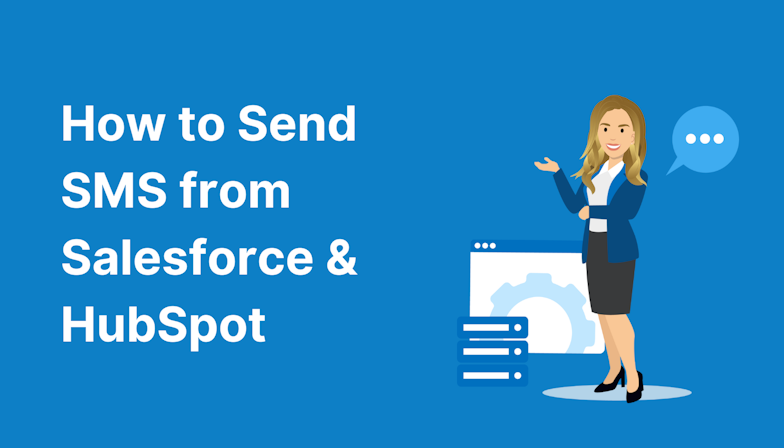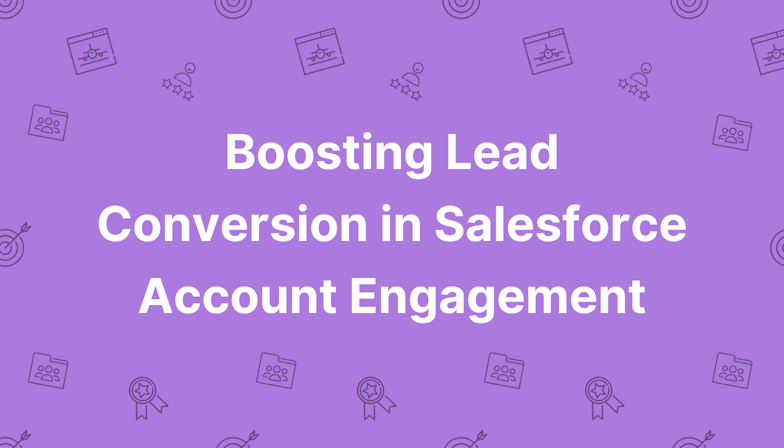A great CRM migration plan pairs technical steps with human processes. Here’s a pragmatic structure you can tailor to your business (or get in touch for a personalised chat about your migration requirements).
1. Align on outcomes
Before touching a single record, agree on exactly what the business needs the migration to achieve. That means setting clear, measurable outcomes that matter to each stakeholder group - marketing, sales, operations, and leadership.
For example, marketing might target faster campaign launches and better attribution, sales could focus on shorter lead response times, and leadership may want more accurate forecasting. Document these objectives and keep them visible throughout the project so decisions stay anchored to results.
2. Map stakeholders' emotions
A successful CRM migration recognises that different teams have different priorities and anxieties. Marketers may be excited about cleaner data but nervous about losing historical segments; sales may crave better lead context but fear extra admin; ops might welcome a fresh start but dread undocumented edge cases. Spend time mapping these perspectives early and plan visible wins for each group in your rollout. When people feel their needs have been considered, they are far more likely to engage with the new system from day one.
3. Design the data
Your CRM’s data model is the foundation for every automation, report, and campaign, so design it deliberately. This includes standardising objects, fields, and relationships, cleaning legacy data before migration, and defining lifecycle stages and statuses that reflect your actual sales and marketing processes.
For teams using Salesforce Marketing Cloud, consistent field names and picklists are especially important to keep segmentation, personalisation, and journey triggers working without constant fixes. Well-structured data removes technical blockers and keeps campaigns moving at speed.
4. Prepare people
Even the most elegant data model won’t drive ROI if users don’t know how to work with it. Create a role-specific enablement plan so each team learns the features, processes, and reports relevant to them. Provide short, practical sessions rather than long generic webinars. Build a network of champions from marketing, sales, and ops to test early, answer questions, and share tips. Combine this with clear feedback channels, so any concerns or suggestions are addressed quickly, and the migration feels collaborative rather than imposed.
5. Measure, publish, iterate
The work doesn’t end at go-live. You might like to build adoption dashboards that track logins, record edits, and process usage, alongside revenue-linked metrics like MQL-to-SQL conversion and opportunity win rates. Share progress openly, celebrating early wins and addressing blockers quickly. Keep a living backlog of improvements, prioritised by business impact, so teams can see what’s fixed and what’s next. This transparency keeps momentum high and reinforces the link between the migration and tangible business outcomes.






